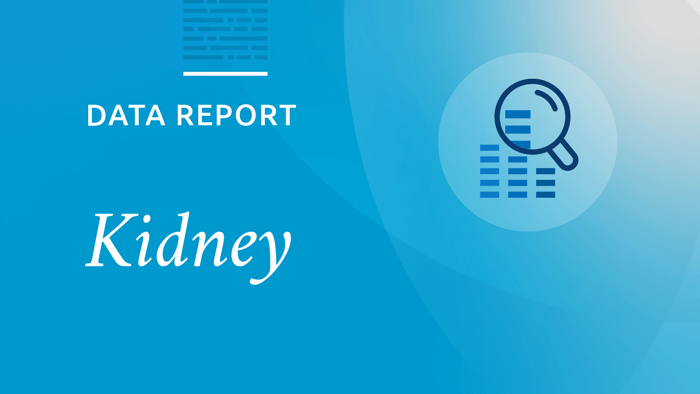A data monitoring report shows that kidney transplants continue to increase following implementation of the updated allocation system, which was implemented March 15, 2021.
The new system removed donation service area (DSA) and administrative regions from kidney allocation, replacing them with a 250 nautical mile circle around the donor hospital. These changes were projected to increase equity, and earlier monitoring reports at three months and six months post-implementation have shown increases in transplants among a number of key populations.
This most recent monitoring report presents one full year of post-implementation data, and shows a 16 percent increase in overall transplant rates following the removal of DSA and region.
Key post-implementation data takeaways
The report presents data related to equity in access to transplant, geography, and efficiency of allocation and utilization of organs.
Transplant rates increased significantly for several key populations, including:
- 23 percent for Black candidates
- 29 percent for Hispanic candidates
- 20 percent for Asian candidates
- 36 percent for candidates with more than three years of dialysis time at listing
- 63 percent for pediatric candidates
- 78 percent for highly-sensitized candidates with of 80-97% CPRA
While the median distance between the donor and transplant hospital increased after the policy implementation, the proportion of transplants that occurred at hospitals within 250 nautical miles of the donor hospital increased by five percent.
The monitoring report also revealed a three percent increase in non-utilized deceased donor kidneys, from 22 percent to 25 percent. Notably, organ offers increased by 46 percent after the changes took effect, while the overall offer acceptance rate decreased by 25 percent.
The National Academies of Sciences, Engineering and Medicine recently published a report that called for improvements and standardization in organ offer acceptance practices.
Why we monitor data
UNOS monitors donation and transplant policies to understand whether changes to the system are meeting the intended goals, and to determine if they are resulting in unintended consequences. The Kidney Transplantation Committee will continue to monitor these policies as data is submitted, and subsequent monitoring reports will be released on an ongoing basis.
Broader distribution gets organs to the sickest patients
The data in the most recent monitoring report point to how the circle-based policies are an improvement over the previous system of DSAs and regions, which were never optimized for organ distribution. The one-year data indicates that the changes have helped to ensure that organ allocation is based on the medical needs of patients, rather than artificial boundaries related to organ recovery. This was predicted by the simulation modeling used to inform development of the policies, and shows that sicker patients with higher dialysis times are in fact getting transplanted under the new system as kidneys are distributed more broadly. Simulation modeling also predicted that the median distance from donor hospital to transplant hospital would increase, with a greater proportion occurring within 250 nautical miles of the donor hospital.
*Updated July 5, 2022

